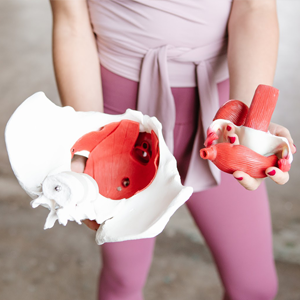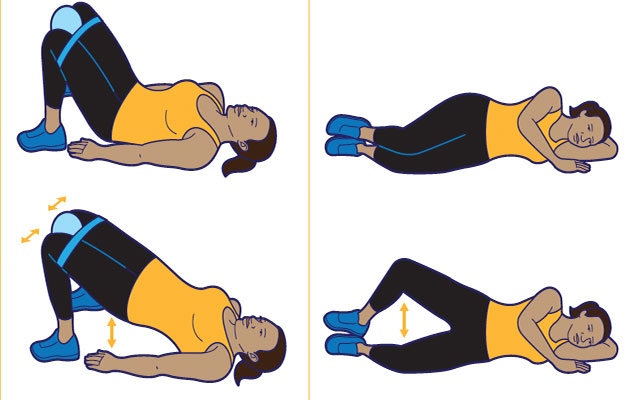How to do pelvic floor exercises for urinary incontinence?
Pelvic floor exercises are a proven method to help with urinary incontinence. Here are some steps to perform these exercises:
-
Find your pelvic floor muscles by imagining you are trying to stop the flow of urine. The muscles that contract to do so are your pelvic floor muscles. [8]
-
Sit or lie down in a comfortable position. Be sure to avoid tightening the muscles in your abdomen, thighs or buttocks, and try not to hold your breath. [1][2]
-
Squeeze your pelvic floor muscles for up to 10 seconds, then release. Repeat this 10 times, aiming for three sets of 10 to 15 repetitions each day. [1][2]
-
As your muscles get stronger, you can try to hold each squeeze for longer, up to 30 seconds. Make sure to rest for 30 seconds in between each contraction. [2]
-
You can also try fast-twitch exercises, which involve quickly contracting and releasing the muscles. These can help prevent stress incontinence. [3]
-
For additional guidance, you can work with a pelvic floor physical therapist to develop a routine that works best for you. They may also suggest using a weighted vaginal cone device to help strengthen your muscles. [4][9]
-
Pelvic floor stimulation is another option that can help contract and strengthen the muscles. Small amounts of stimulation are delivered to the nerves and muscles of the pelvic floor and bladder, causing them to tighten or contract. [6]
In addition to performing pelvic floor exercises, there are other things you can do to prevent urinary incontinence from worsening, including maintaining a healthy weight, increasing fiber in your diet, reducing intake of caffeine, acidic foods, and alcohol. [10][7]


































